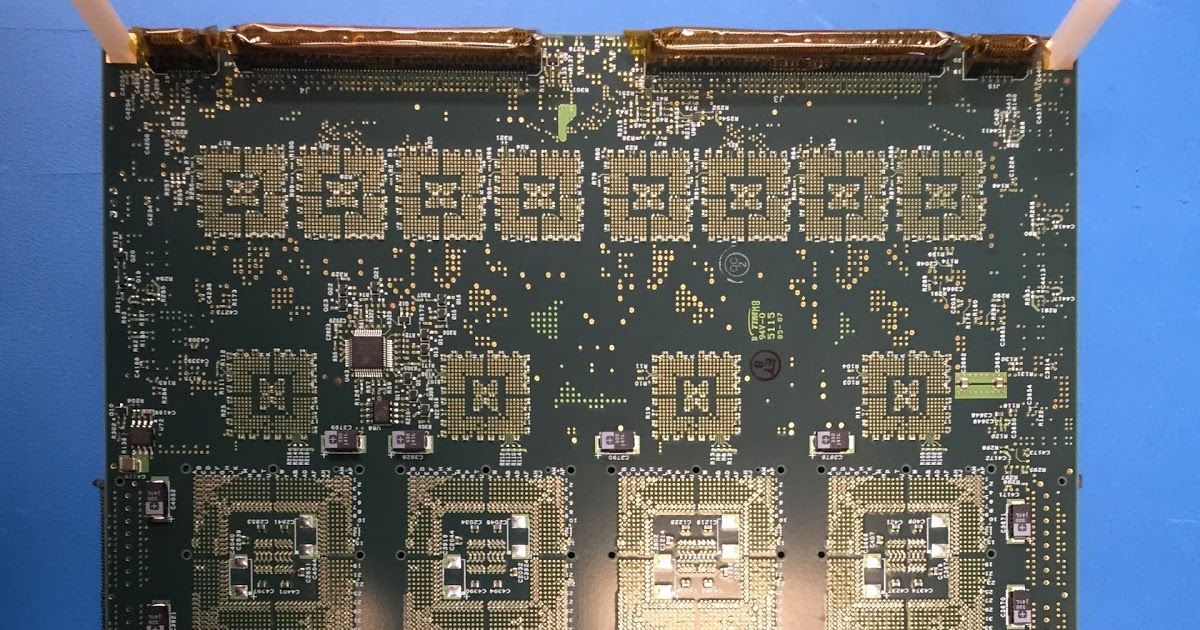Page 11245
Mar 29, 2016
Multiple bends won’t crack this lightweight, paper-like, flexible ceramic
Posted by Klaus Baldauf in categories: electronics, materials, wearables

A flexible, paper-like ceramic material has been created that promises to provide an inexpensive, fireproof, non-conductive base for a whole range of new and innovative electronic devices (Credit: Eurakite). View gallery (4 images)
Materials to make hard-wearing, bendable non-conducting substrates for wearables and other flexible electronics are essential for the next generation of integrated devices. In this vein, researchers at the University of Twente have reformulated ceramic materials so that they have the flexibility of paper and the lightness of a polymer, but still retain exceptional high-temperature resistance. The new material has been dubbed flexiramics.
Continue reading “Multiple bends won’t crack this lightweight, paper-like, flexible ceramic” »
“The Colorware Retro iMac blends the fun, nostalgic look of the Apple IIe with the technology of a 27-inch Retina iMac.”
Tag: Apple
Mar 29, 2016
Why You Should Care About Nukes
Posted by Gerard Bain in categories: media & arts, military, physics

For info about divesting from nuclear weapons companies, go to http://responsibleinvest.org/
Thanks to the Future of Life Institute for helping support this video http://www.futureoflife.org (in particular, thanks to Max Tegmark for guest narrating and Meia Chita-Tegmark for her feedback)
Mar 29, 2016
Neuromorphic supercomputer has 16 million neurons
Posted by Klaus Baldauf in categories: information science, neuroscience, robotics/AI, supercomputing
Today, Lawrence Livermore National Lab (LLNL) and IBM announced the development of a new Scale-up Synaptic Supercomputer (NS16e) that highly integrates 16 TrueNorth Chips in a 4×4 array to deliver 16 million neurons and 256 million synapses. LLNL will also receive an end-to-end software ecosystem that consists of a simulator; a programming language; an integrated programming environment; a library of algorithms as well as applications; firmware; tools for composing neural networks for deep learning; a teaching curriculum; and cloud enablement.
The $1 million computer has 16 IBM microprocessors designed to mimic the way the brain works.
IBM says it will be five to seven years before TrueNorth sees widespread commercial use, but the Lawrence Livermore test is a big step in that direction.
Continue reading “Neuromorphic supercomputer has 16 million neurons” »
According to a series of articles produced by NASA and industry specialists, a lunar base could be built in a few years for just $10 billion.
Mar 28, 2016
The Rise of VPUs: Giving eyes to machines
Posted by Shailesh Prasad in category: computing

https://youtube.com/watch?v=zZBKJTLnp_A
VPUs or Vision Processing Units, allow machines to understand the scene set in front of them.















